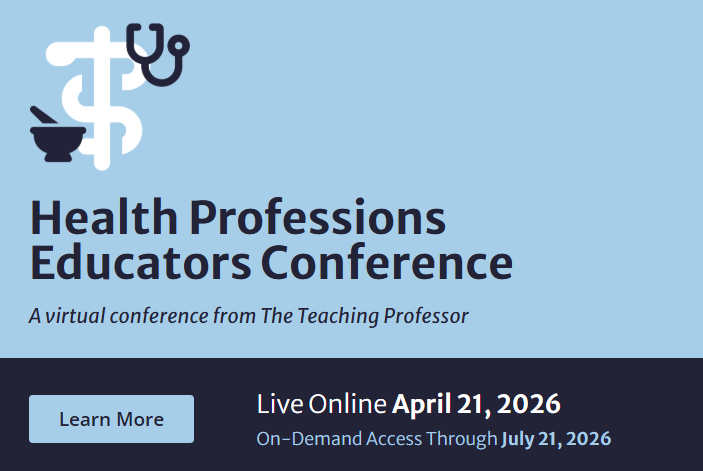Selecting the Appropriate Communication Tools for Your Online Course
When designing an online course it’s important to carefully consider which tools align with the course’s learning objectives and the types of communication that will occur.
There are three types of communication that can occur in an online course—one to one, one to many, and many to many. In an interview with Online Classroom, Sara Ombres, faculty development instructor, and Anna Reese, production coordinator/instructional designer, both at Embry-Riddle Aeronautical University’s Worldwide Campus, talked about how they help instructors select communication tools to suit the situation.



